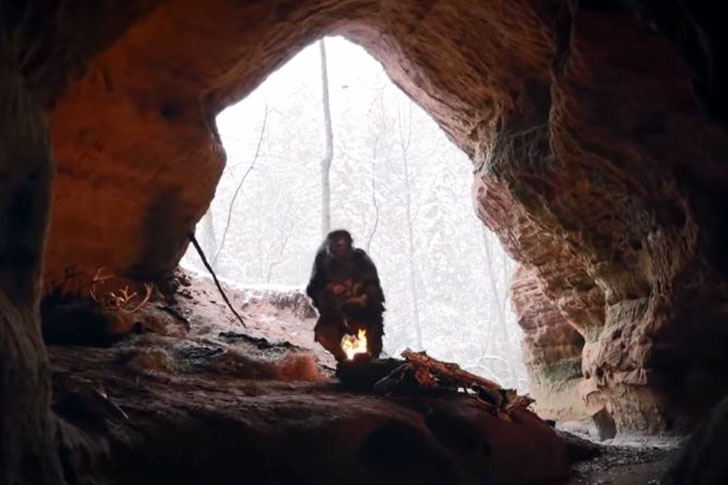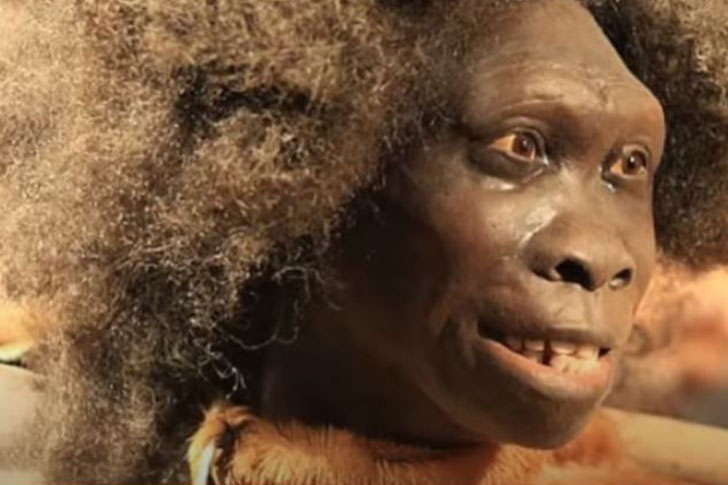Palaeoproteomics has the potential to make waves

Those who are leading the way in the proteomics field are well aware of these problems, and many scientists are making investments in creating a robust science, including Jessica Hendy, University of York’s archaeologist. In a 2018 study, she and her peers determined proteins in 8,000-year-old ceramics from Çatalhöyük in Turkey, revealing that the ancient species ate various animals and plants and even processed milk.
While there are still many issues to sort out, the proteomics field continues to yield amazing progress. As much as human evolution gets the most attention, researchers are using ancient proteomics in many different ways, from investigating which animal skins were utilized to create medieval parchments to studying markers of tartar disease on ancient teeth. Biomolecular archaeologist Beatrice Demarchi said she is thrilled by it all. When it comes to working out the human family trees, including the long-extinct organisms, palaeoproteomics has a strong potential to make waves.

